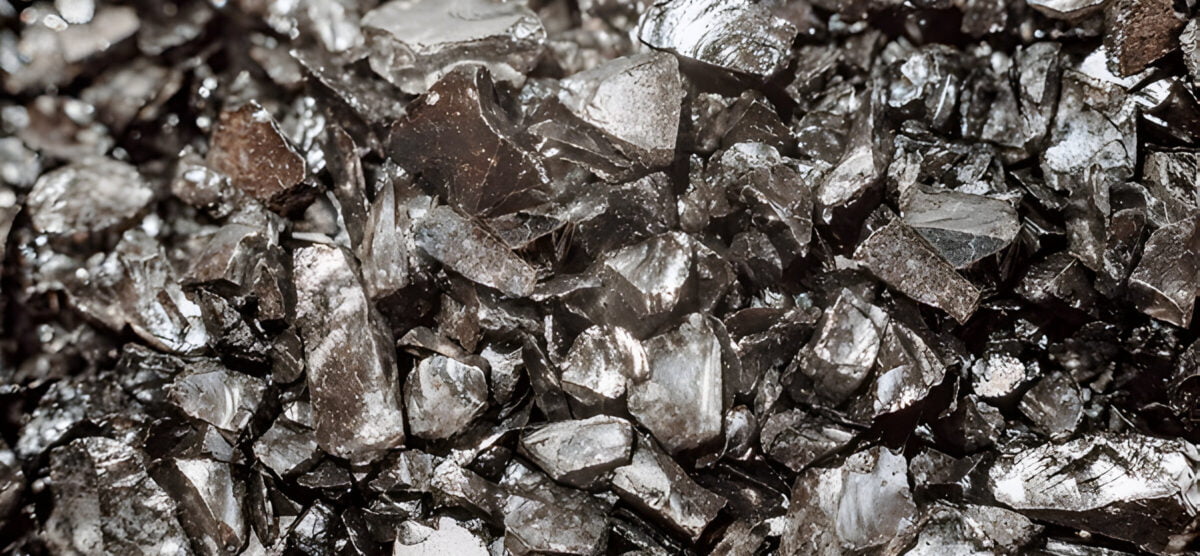Blogs

Uses of Rare Earth Metals: Unlocking Their Potential in Modern Technology
Rare earth metals are essential to the performance and efficiency of countless modern technologies—from smartphones and laptops to electric vehicles and renewable energy systems. These unique elements play a vital role in making our devices faster, stronger, and more energy-efficient.
In this blog, we’ll explore the uses of rare earth metals, their properties, industrial and technological applications, and what the future holds for these powerful elements.
What Are Rare Earth Metals?
Rare earth metals refer to 17 elements in the periodic table: the 15 lanthanides, along with scandium and yttrium. Despite their name, these elements are not necessarily rare in the Earth’s crust, but they are rarely found in concentrated forms, making extraction complex and expensive.
Key Properties of Rare Earth Metals:
- High magnetic strength – Perfect for powerful magnets in motors and generators.
- Luminescence – Ideal for screens and lighting.
- Catalytic behavior – Crucial in refining processes and emission control systems.
These properties make them indispensable in a wide range of high-tech and industrial applications.
Types of Rare Earth Elements and Their Characteristics
1. Lanthanides
Examples: Neodymium, Cerium, Dysprosium
Used for their magnetic and optical properties in electronics, magnets, and lasers.
2. Scandium
Used in aerospace components and sports equipment due to its lightweight and strength.
3. Yttrium
Found in superconductors, microwave filters, and LED lights.
Industrial Applications of Rare Earth Metals
🔩 Magnets
Neodymium magnets are among the strongest permanent magnets.
Used in:
- Electric motors (including EVs)
- Wind turbines
- Hard drives
- Audio systems
🚗 Catalysts
Cerium and lanthanum are widely used in catalytic converters to reduce harmful vehicle emissions.
🔍 Glass Polishing & Ceramics
Cerium oxide is used to polish glass for:
- Lenses
- Mirrors
- Screens
In ceramics, rare earths enhance thermal stability and strength—essential in aerospace and medical industries.
Rare Earth Metals in Technology
📱 Electronics
Rare earth elements are found in:
- Smartphones – Neodymium magnets in speakers, Europium for screen colors.
- Computers – Improved data storage and signal transmission.
- TVs and LEDs – Europium and terbium create vibrant colors.
🌱 Renewable Energy
- Wind turbines use neodymium magnets for efficient power generation.
- Electric vehicles (EVs) use rare earth metals in:
- Batteries (lanthanum)
- Motors (neodymium)
These applications make rare earth metals vital for green energy solutions.
Benefits of Rare Earth Metals
✅ Efficiency
They improve energy use, allowing smaller and more powerful components.
🔧 Durability
Used in alloys to boost corrosion resistance and longevity.
🚀 Performance
Enhance signal quality, color brightness, and energy conversion.
Their advantages make rare earth elements essential in pushing the limits of modern technology.
Global Production and Distribution
🌍 Top Producers:
- China – Supplies over 60% of the world’s rare earth metals.
- Australia & the U.S. – Expanding production to reduce dependency on China.
- Brazil – Holds promising reserves.
⚖️ Supply Chain & Market Dynamics
- Extraction is complex and often environmentally intensive.
- Efforts are underway to improve sustainable mining and recycling techniques.
- Geopolitical tensions and trade policies impact availability and pricing.
Future Trends and Innovations
🔬 Emerging Technologies
- EVs and renewable energy continue to drive demand.
- Advanced batteries are being developed using rare earth elements.
♻️ Sustainability & Recycling
- Recycling rare earths from e-waste and industrial by-products is gaining momentum.
- Research focuses on eco-friendly extraction methods and alternatives.
🌐 Challenges and Opportunities
- Need to balance environmental concerns with technological demand.
- New mining sites and better processing tech offer opportunities for growth.
Conclusion
Rare earth metals are the backbone of modern technology and green energy. Their unmatched magnetic, catalytic, and optical properties make them crucial in everything from consumer gadgets to clean energy solutions.
As technology continues to evolve, so does the importance of these remarkable elements. With growing demand and ongoing innovations, rare earth metals will remain at the heart of our future.
Frequently Asked Questions
Q1. What are rare earth metals?
They include 17 elements—mainly lanthanides, scandium, and yttrium—known for their special magnetic, optical, and catalytic properties.
Q2. Why are they important?
They power the performance of high-tech gadgets, green energy tech, and industrial systems.
Q3. Where are they used?
In electronics, renewable energy, aerospace, automotive, and more.
Q4. How are they extracted?
Through complex mining and chemical processes that separate them from surrounding minerals.
Q5. Which countries are top producers?
China, Australia, Brazil, and the United States.
Q6. Are there environmental impacts?
Yes. Mining can be environmentally intensive, but new regulations and recycling methods aim to reduce harm.
Q7. What are the main benefits in technology?
They boost efficiency, durability, and overall performance in devices and machinery.
Q8. What does the future hold?
Continued innovation in applications, sustainable sourcing, and new discoveries in extraction and recycling.
🔗 Discover more on our website https://domadia.net/contact/




